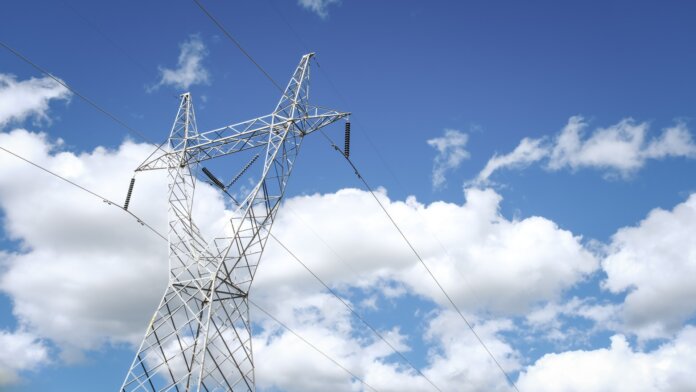
The U.S. Department of Energy (DOE) says it is committing up to $1.3 billion to transmission lines crossing six states, enabling 3.5 GW of additional capacity to come online in the U.S.
The DOE is entering into capacity contract negotiations with three interregional transmission projects that will strengthen grid resilience and reliability, enable the addition of more clean energy resources to the grid, and bring diverse, clean energy to more customers.
The selected projects are:
Cross-Tie 500kV Transmission Line (Nevada, Utah): Cross-Tie is a proposed 214-mile, 1,500 MW transmission line connecting existing transmission systems in Utah and Nevada to increase transmission capacity, improve grid reliability and resilience, relieve congestion on other key transmission lines, and expand access to low-cost renewable energy across the region.
The bidirectional nature of Cross-Tie will increase transfer capabilities in the West, unlocking increased access to renewable energy resources in the region.
Construction is expected to start in Q1 of 2025.
Southline Transmission Project (Arizona, New Mexico): Southline is a proposed 175-mile, 748 MW transmission line from Hidalgo County, N.M., to Pima County, Ariz., that will help unlock renewable energy development in southern New Mexico and deliver clean energy to growing markets in Arizona that currently rely on fossil fuel generation.
The project, which is the first phase of a longer line, will make smart use of existing transmission rights of way along parts of its route, upgrading aging transmission facilities that are the source of congestion and constraints in the region.
Construction is expected to start in Q1 of 2025.
Twin States Clean Energy Link (New Hampshire, Vermont): Twin States is a proposed 1,200 MW high-voltage direct current (HVDC) bidirectional line that will expand the capacity of the New England electric grid and improve its resiliency, reliability and efficiency by providing access to clean firm energy supplies in Quebec, Canada.
The bidirectional design of the Twin States line will also allow the New England grid to export power to Canada when New England is producing more energy than it needs to meet its own demand, which is expected to occur as the offshore wind industry in New England expands.
Construction is expected to start in Q3 or Q4 of 2026.
DOE anticipates releasing a second round of TFP funding in the first half of 2024 through a request for proposals that may include a combination of public-private partnerships, loans, and capacity contracts totaling up to $1 billion.



